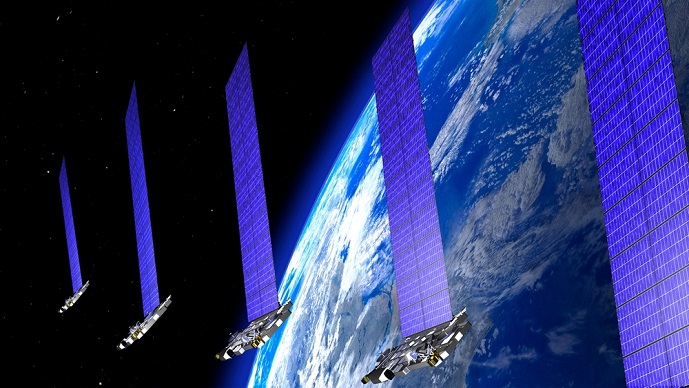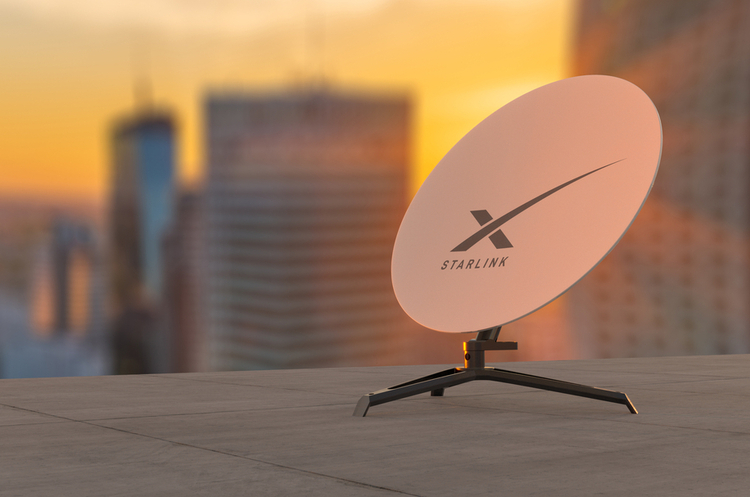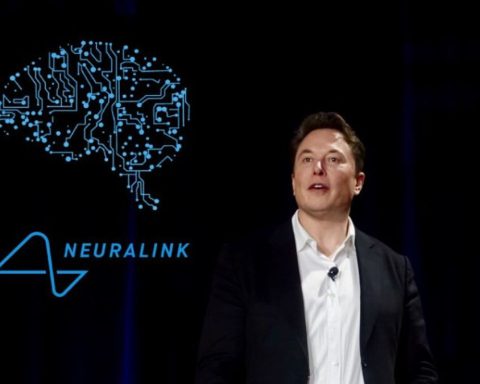Private firms have just entered the space exploration arena, and SpaceX is at the vanguard of this change. As a result, space exploration has assumed a new dimension. Starlink stands out among its many ground-breaking projects as a game-changer in the field of international connection.

What is Starlink?
Elon Musk, a visionary entrepreneur, founded SpaceX, which is responsible for developing and deploying the Starlink satellite internet constellation. The main objective of Starlink is to build a vast network of tiny satellites in orbit around the Earth with the primary purpose of beaming internet access to terrestrial receivers on the ground is the main objective of. Due to their low Earth orbit (LEO) location, which is significantly closer to the planet than typical geostationary satellites, these spacecraft transmit data more quickly and with less delay.
Read: Elon Musk’s Starlink now active in Nigeria — first country in Africa
The Constellation: How it Works
The Starlink constellation is a vast network of interconnected satellites that work together to create a mesh-like network in space. SpaceX has now (as of July 2023) launched nearly 4,400 satellites for Starlink, the company’s huge and ever-growing broadband mega constellation. More than 4,000 of those spacecraft are currently active, according to astrophysicist and satellite tracker Jonathan McDowell.

In order to provide a smooth link between ground stations and end-user terminals, the satellites communicate with one another using high-frequency radio signals. These end-user terminals, commonly referred to as “user terminals” or “satellite dishes,” are small, high-tech devices put at users’ residences or places of business. They automatically orient themselves to track and connect with the passing satellites, providing internet access with unprecedented efficiency.
Read also: What to Know About the Starlink that has been Launched in Kenya
What to Know About the Starlink that has been Launched in Kenya
The Advantages
- Global Connectivity: Starlink has the ability to provide internet access to remote and underserved regions where traditional internet infrastructure is impractical or unavailable.
- Low Latency: Unlike traditional satellite internet, which suffers from high latency due to the distance of geostationary satellites, Starlink’s low Earth orbit (LEO) satellites significantly reduce latency, making real-time applications like online gaming and video conferencing more feasible.
- High Speeds: Starlink promises to deliver high-speed internet, rivaling or surpassing many terrestrial broadband connections, even in rural areas. Starlink users typically experience download speeds between 25 and 220 Mbps, with a majority of users experiencing speeds over 100 Mbps. Upload speeds are typically between 5 and 20 Mbps.
- Resilience: Due to the large number of satellites in the constellation and their interconnected nature, even if some satellites fail or experience issues, the overall network remains operational.
- Space Exploration Funding: The revenue generated from Starlink services is expected to fund SpaceX’s ambitious plans for space exploration, including missions to Mars and beyond.

While this innovation presents exciting possibilities, it also faces several challenges and concerns:
- Sky Pollution: The massive constellation of satellites raises concerns among astronomers who worry about light pollution and the potential disruption of astronomical observations. Astronomers argue suggest a ban on mega-constellations of low-altitude satellites so as to reduce light pollution and preserve our ability to study the skies.
- Collision Risks: The potential of collisions and space debris rises as more satellites orbit the Earth, calling for cautious control of space traffic.
- Regulatory Hurdles: Since the projects aspire to operate internationally, they must pass through various regulatory difficulties in several nations. Different nations have different frameworks for licensing.
- Affordability: The cost of acquiring Starlink services might be high, especially in developing countries.
This is an ambitious and ground-breaking endeavor to close the digital divide and offer universal internet access. SpaceX’s invention has the potential to revolutionize how we communicate with one another and the rest of the globe by utilizing space technology and cutting-edge satellite networking. But as Starlink develops, problems and worries will need to be addressed, just like with any pioneering endeavor.
As we excitedly anticipate the future, it will be fascinating to see how this technology transforms the landscape of global communication and empowers us to aim for the stars, both literally and figuratively.





